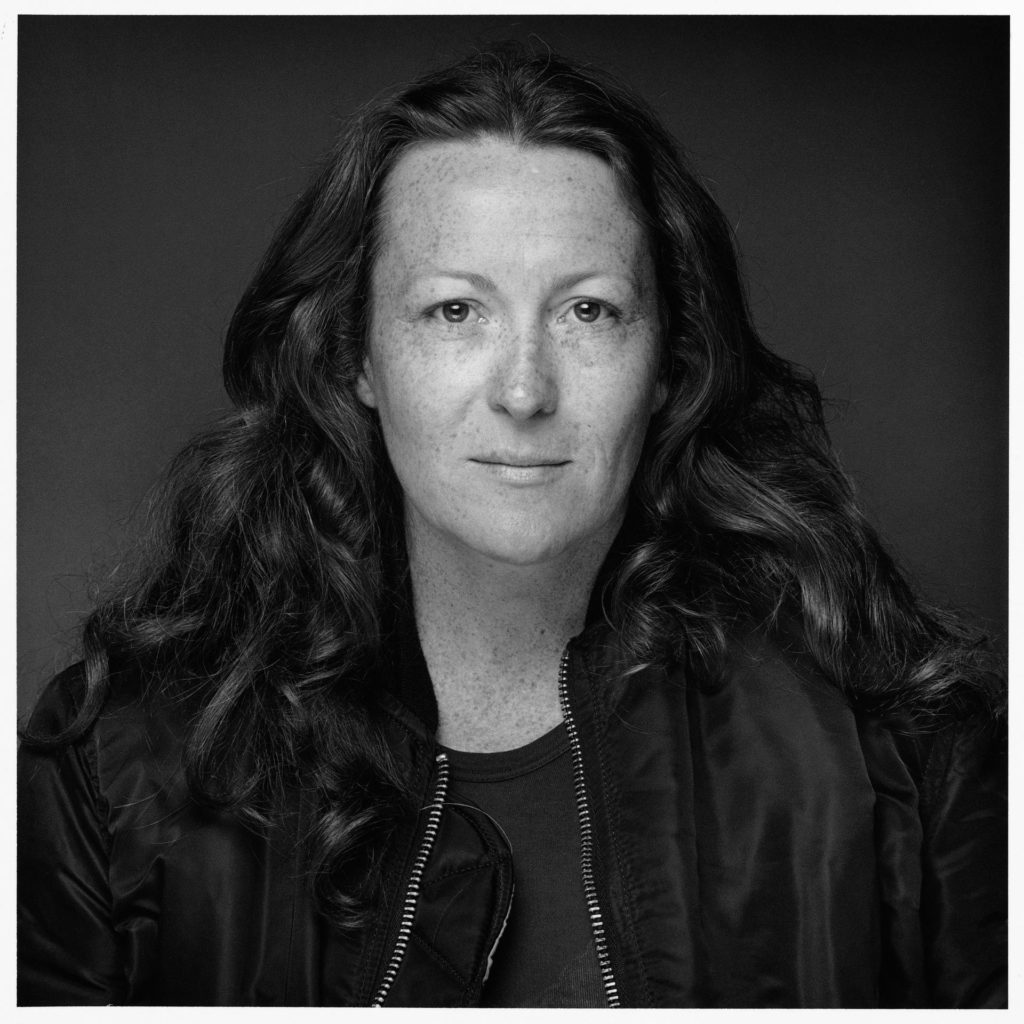[ad_1]

Nancy Reddin Kienholz.
COURTESY LA LOUVER
Nancy Kienholz, who, with her husband Ed, created some of the most unforgettable sculptural installations of the 20th century, has died at age 75. According to L.A. Louver gallery, which represented the duo in Los Angeles, the cause of death was “complications from a recent illness.”
In its announcement, the gallery said, “Nancy will be deeply missed. Her collaborative work with Ed, and thereafter her solo studio activity, has been a powerful cornerstone of L.A. Louver for the past 38 years. We suffered a huge loss upon Ed’s death in 1994, which deepens with Nancy’s passing—a void that can only be filled with the enduring legacy the couple left behind. Their work, and their relentless charge against social injustice, will remain a guiding light that leads us through our darkest times.”
The Kienholzes’ installations dealt with displays of power, probing distinctly American instances of sexism, racism, and violence in unflinching and sometimes confrontational ways. Their work has a tendency to provoke extreme emotions within viewers—and, sometimes, to stoke controversy.
Ed had generated praise for his attention-grabbing works during the 1960s, and he began collaborating with Nancy starting in 1972, the year they met and, later, married. (Prior to working as an artist with Ed, Nancy had been a photojournalist.) Their collaboration began with the installation The Middle Islands No. 1 (1972), which dealt with the concepts of marriage and divorce, and is now owned by the Louisiana Museum of Modern Art in Humbelbaek, Denmark.
Much of their work together incisively explored gender roles. For a series called “The Berlin Women,” which begun in 1973, the artists scoured flea markets in the German capital and picked out tables, chairs, and kitsch furniture that they then assembled to create assemblages focused on the patriarchy and its effects on women. In one work from the series titled The Soup Course at the She-She Café (1982), figures eat a meal at a set of tables in what appears to be a restaurant. A couple is seated at one table, with their faces appearing as photographs and with the woman’s head covered by a napkin; another woman sups alone.
Aside from her sculptural work, Kienholz was also a prolific photographer, capturing the feminine identity through stark, avant-garde portraits. She was interested solely in this art when she initially met Ed, and she largely credited him with expanding her practice into other mediums. She once explained, “I attended no art schools. Like Ed, I am self-taught except for the fact that I went to the ‘School of Kienholz’ for over 20 years. I am a photographer, but Ed taught me everything I know about art. He taught me to weld and solder, cast figures, paint, and to believe in my ‘eye.’”
Their collaborative work earned them the Guggenheim Fellowship in 1976, and their art grew in popularity in Europe. They then maintained studios in both Hope, Indiana and Berlin. In 1981, LA Louver began representing them worldwide.
Ed Kienholz died suddenly in 1994, a year before they received a retrospective with the Whitney Museum of American Art, which then travelled to the Museum of Contemporary Art, Los Angeles and Berlinische Galerie in Berlin. In the forward of an exhibition catalogue for a show in Zurich in 1981, Kienholz spoke of his career in collaboration with his wife: “My life and my art have been enriched and incredibly fulfilled by Nancy’s presence, and I wish to belatedly acknowledge that fact here. I further feel I no longer have a man’s right to signature only my name to these efforts which have been produced by both of us.”
Nancy Kienholz was born in Los Angeles, California as the youngest of three siblings to Thomas Reddin, a police officer, and Betty Parsons Reddin, a real estate broker. She is survived by a daughter from her first marriage, Christine.
[ad_2]
Source link

